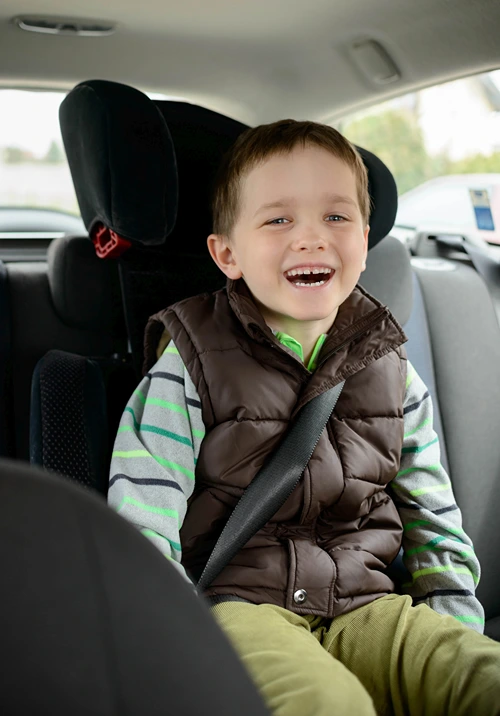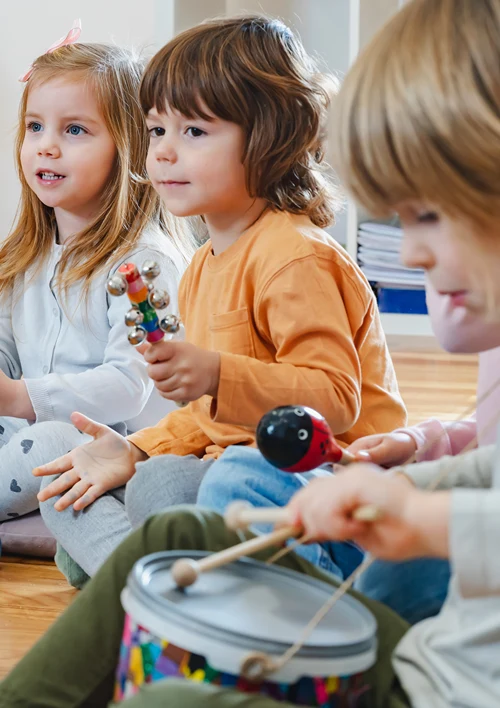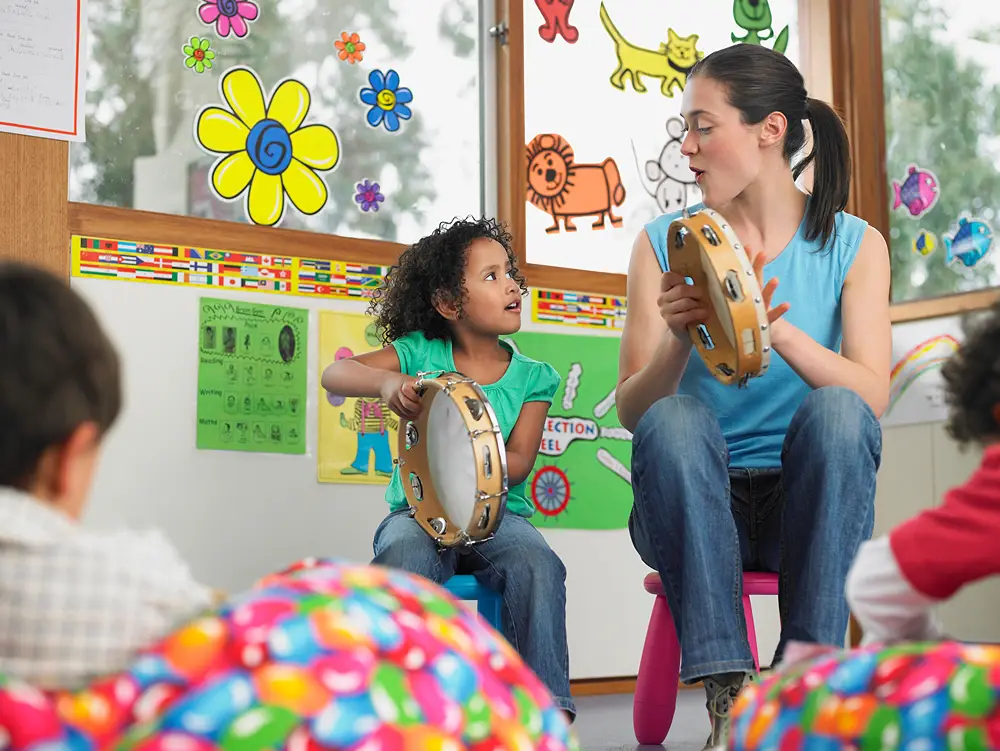Tummy Time: Your Baby’s First Workout and Why It Matters
Tummy time is one of the most important activities you can do with your baby from day one. This simple practice of placing your baby on their stomach while awake and supervised helps build the foundation for all future movement milestones. From lifting their head to crawling and beyond, tummy time is where it all begins.
But here’s the thing many parents discover: not all babies love tummy time at first. Some cry, some fuss, and some plant their face firmly on the mat in protest. That’s completely normal! The key is starting slowly, staying consistent, and making it as enjoyable as possible for your little one.
Remember, just like with other sensory activities, your baby needs to be the active participant. They’re not just lying there—they’re working hard to lift their head, push up on their arms, and explore their surroundings from this new perspective. For more on how tummy time fits into your baby’s overall sensory development, check out our guide on tummy time: when should baby start and why it is important.
Why Tummy Time is Essential
Tummy time isn’t just about building strong muscles (though that’s certainly important). This activity supports your baby’s development in multiple ways:
- Prevents flat spots on the back of baby’s head from too much back-lying
- Strengthens neck, shoulder, and core muscles needed for rolling, sitting, and crawling
- Improves motor skills by encouraging reaching and grasping
- Enhances visual development as baby learns to track objects from a new angle
- Promotes sensory exploration through different textures and surfaces
Without adequate tummy time, babies may experience delays in motor milestones or develop positional plagiocephaly (flat head syndrome). The good news? A little bit each day goes a long way.
When to Start Tummy Time
You can begin tummy time as soon as you bring your baby home from the hospital. Yes, really! Even newborns benefit from brief periods on their tummy. Start with just 3-5 minutes, two to three times per day, and gradually increase as your baby grows stronger.
Here’s a general timeline to guide you:
- Newborn to 2 months: 3-5 minutes, several times daily
- 2-4 months: Work up to 20-30 minutes total throughout the day
- 4-6 months: Aim for at least 60 minutes total, broken into multiple sessions
- 6+ months: Your mobile baby will likely spend plenty of time on their tummy naturally!
Making Tummy Time Enjoyable
Let’s be honest—some babies think tummy time is the worst thing ever. But with a few creative strategies, you can turn those tears into smiles:
Start on Your Chest
Place baby tummy-down on your chest while you recline. This counts as tummy time! Your baby gets the benefits while enjoying your familiar smell and heartbeat.
Use Engaging Props
- Place a baby-safe mirror at eye level
- Arrange colorful toys just within reach
- Try a tummy time mat with different textures
- Use black and white cards for newborns who see contrast best
Get Down on Their Level
Lie on your stomach facing your baby. Make silly faces, sing songs, or just chat. Your presence makes everything more fun!
Try Different Surfaces
- A firm blanket on the floor
- A play mat with various textures
- Outside on a clean blanket (weather permitting)
- On a yoga ball with your hands supporting baby (advanced move!)
Tummy Time Positions to Try
Not all tummy time looks the same. Mix it up with these variations:
- Traditional Tummy Time
Baby flat on their tummy on a firm surface. Place toys in a semi-circle to encourage head turning.
- Tummy-to-Tummy
Lie on your back and place baby on your stomach. Perfect for newborns!
- Lap Time
Place baby across your lap while you sit. Gently rub their back or play pat-a-cake on their bottom.
- Carry Position
Hold baby facing outward with one arm under their chest and tummy. Great for when you’re moving around the house.
- Side-Lying
While not technically tummy time, side-lying with support helps baby transition between back and tummy positions.
Troubleshooting Common Challenges
“My baby hates tummy time!”
Start with just 30 seconds after each diaper change. Gradually increase as tolerance builds. Try different times of day—some babies prefer morning tummy time.
“My baby just cries the whole time”
First, ensure baby isn’t hungry, tired, or need a diaper change. Then try the chest-to-chest position or use a rolled receiving blanket under their arms for support.
“My baby’s arms get stuck”
Gently help position their arms forward, elbows under shoulders. As they get stronger, they’ll learn to do this independently.
“My baby only turns their head one way”
Encourage head turning by placing interesting objects on their less-preferred side. If this persists, mention it to your pediatrician.
Safety First
While tummy time is safe and beneficial, keep these guidelines in mind:
- Always supervise—never leave baby alone on their tummy
- Use a firm surface (not beds or couches where baby could suffocate)
- Keep small objects out of reach
- Stop if baby falls asleep and move them to their back
- Avoid tummy time immediately after feeding to prevent spit-up
Growing Beyond Tummy Time
As your baby masters tummy time, you’ll notice exciting developments. They’ll start pushing up on their arms, pivoting in circles, and eventually rocking on hands and knees. Each achievement builds on the strength and coordination developed during those early tummy time sessions.
By around 6 months, many babies no longer need structured tummy time because they’re rolling, sitting, and exploring on their own. But those early months of practice remain crucial for setting the stage for a lifetime of healthy movement.
Remember, every baby develops at their own pace. Some take to tummy time immediately, while others need more encouragement. Stay patient, keep it playful, and celebrate small victories. That first head lift, that first push-up, that first reach for a toy—these are the moments that make all those tummy time minutes worthwhile.
Your consistent effort in providing tummy time opportunities gives your baby the strong foundation they need to explore their world with confidence. So spread out that blanket, get down on the floor, and enjoy watching your little one grow stronger every day!
Related Reading
Nourishing your baby – a guide to the best start in life.
How to clean and sanitise baby toys.








